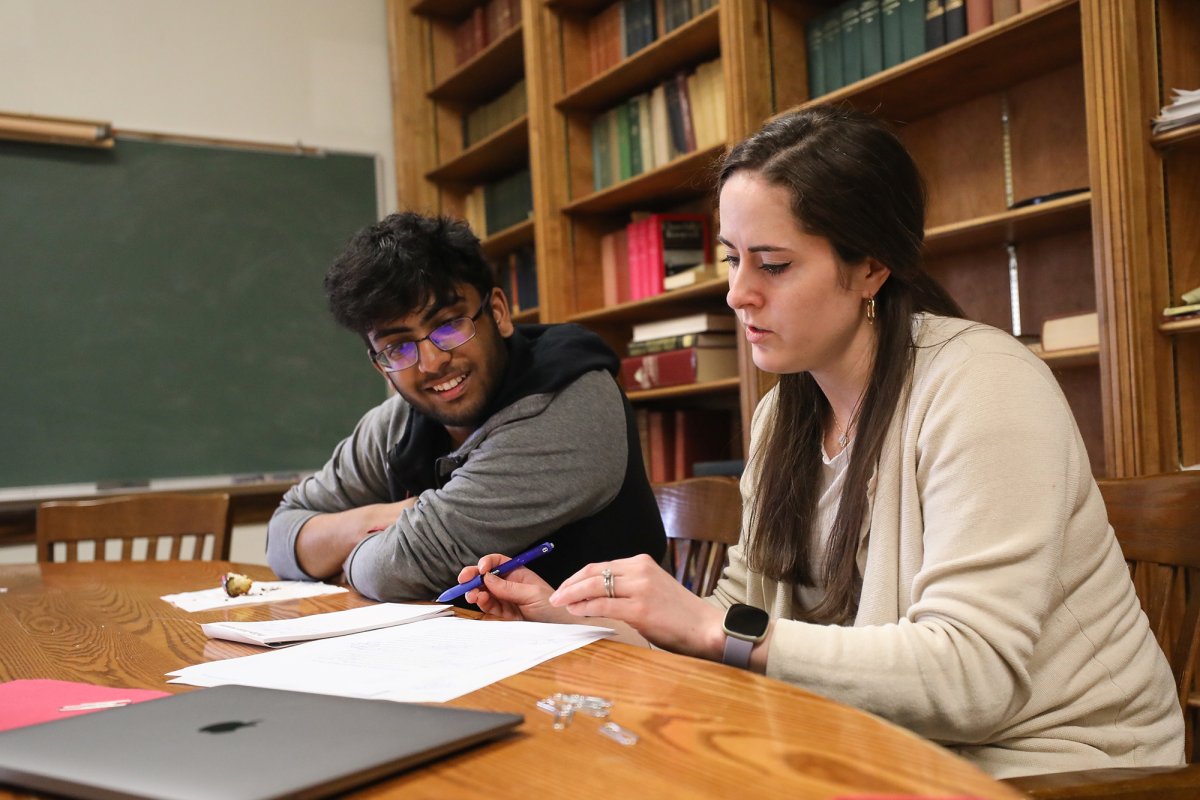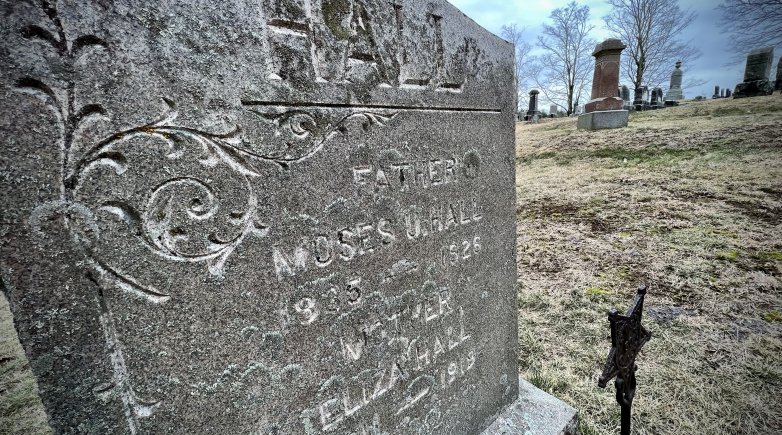333: The true number of the beast?
Exeter's most dreaded history paper is back for another spring term.
Students gather in the Library Commons to work on their History 430 term papers.
As spring unfolds on Exeter’s campus, nearly 300 students are confronting one of the most daunting academic challenges presented them during their time at the Academy: the “333.” The notorious U.S. history term paper, with a required length of 12 to 15 pages — or approximately 4,000 words — is meant to train students in the type of independent research, critical thinking, analytical writing and time management skills they will need in their college careers.
Uppers, along with some seniors and a few ambitious lowers, take on the assignment as the capstone of the final course in the History Department’s three-term American history sequence. Since 2016, this course has been called History 430: U.S. History 1941–Present, but before that it was known for three decades as History 333. While the numbering change was intended to reflect the academic rigor of the course, the 333 term paper was by then considered an integral rite of passage at the school — and the name stuck.
The famous Louis Khan-designed Class of 1945 Library serves as the students’ hulking home base during the four weeks they spend working on their 333s. Roughly 15 class sessions of History 430 are devoted to the project, with students spending most of that class time working independently or conferencing one-on-one with their teachers.




